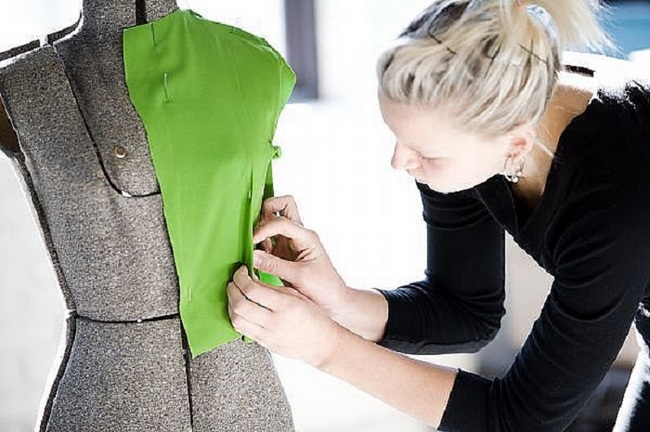The multi-billion dollar fashion industry is extremely competitive, and designers are finding it more and more difficult to not only have a sustainable business, but a profitable one. Whether its haute couture, high end clothing, or quality basics, the process is certainly not cheap.
However, with the current state of the economic climate plus expenses such as mortgages, school fees, and taxes, it has become difficult to justify buying a dress that’s worth as much as a car – especially when there are less expensive alternatives on the market. When celebrities who can afford to spend thousands on clothing start complaining about the high value of fashion, you know there’s a problem. Must we forget Kanye West denouncing Louis Vuitton for being too expensive?
“If I had the opportunity to design for Louis Vuitton now, I wouldn’t, because the prices [are] just too extreme. And I don’t want to use my message to have kids saving up that much, you know, to be part of what the ideas are… that’s the problem to me with luxury.”
Although some designers are unrealistic in their pricing methods, others can’t help but charge a pretty penny for their pieces. Labour, fabrics, trims, shipping and other production expenses can certainly end up costing hundreds of thousands of dollars. But however valid your reasons might be, it is still hard for buyers and customers to accept them. So, in an effort to cut expenses, here are some methods that might prove helpful.
(image via us.louisvuitton.com)
1. Optimize the sourcing
Pinpoint the most expensive materials and find out which ones can be substituted for similar, yet less lavish choices without jeopardizing overall quality. This will result in lower item costs and can boost the brand’s attractiveness to retailers. Buyers are always more eager to invest into reasonably priced lines, allowing the companies that do get the wholesale value right to expand their distribution network, and ultimately become more commercially successful.
2. Rehash the staff
In some cases, combining employees’ work functions can help reduce direct charges. Also, instead of paying salary to several full time employees, you could hire part-time workers to help out during the busy periods.

If you foresee an increase in fabric cost, it might be reasonable to buy material beforehand in bulk
3. Go green
Use renewable energy sources in your showroom to reduce utility expenses, choose recyclable hangers and banners that can be returned to the manufacturer for reimbursement, and try out other eco-friendly options to save up money and boost your social responsibility profile. Sourcing fabrics locally is also an effective way to decrease your budget.
No matter which strategies you decide to adopt, there has to be happy compromise between quality and price, or the repercussions can be crippling. Take Mulberry as an example. In early 2014, the Guardian reported that their shares plummeted by 27%. “The brand was one of Britain’s success stories – but alienated its core customers by putting up prices without raising quality accordingly”. The moral of the story? We all have to be more realistic in our approach to fashion, whether we are buying it our creating it.




About The Author: BridgeShowroom
Ken Nachbar is a co-founder and partner in Bridge Showroom. Ken loves working with designers, helping them open new doors, find new customers, and grow their businesses. With bachelor's degree in economics and an MBA from the University of Michigan, Ken combines 25 years of management skill and experience with his passion for fashion.
More posts by BridgeShowroom